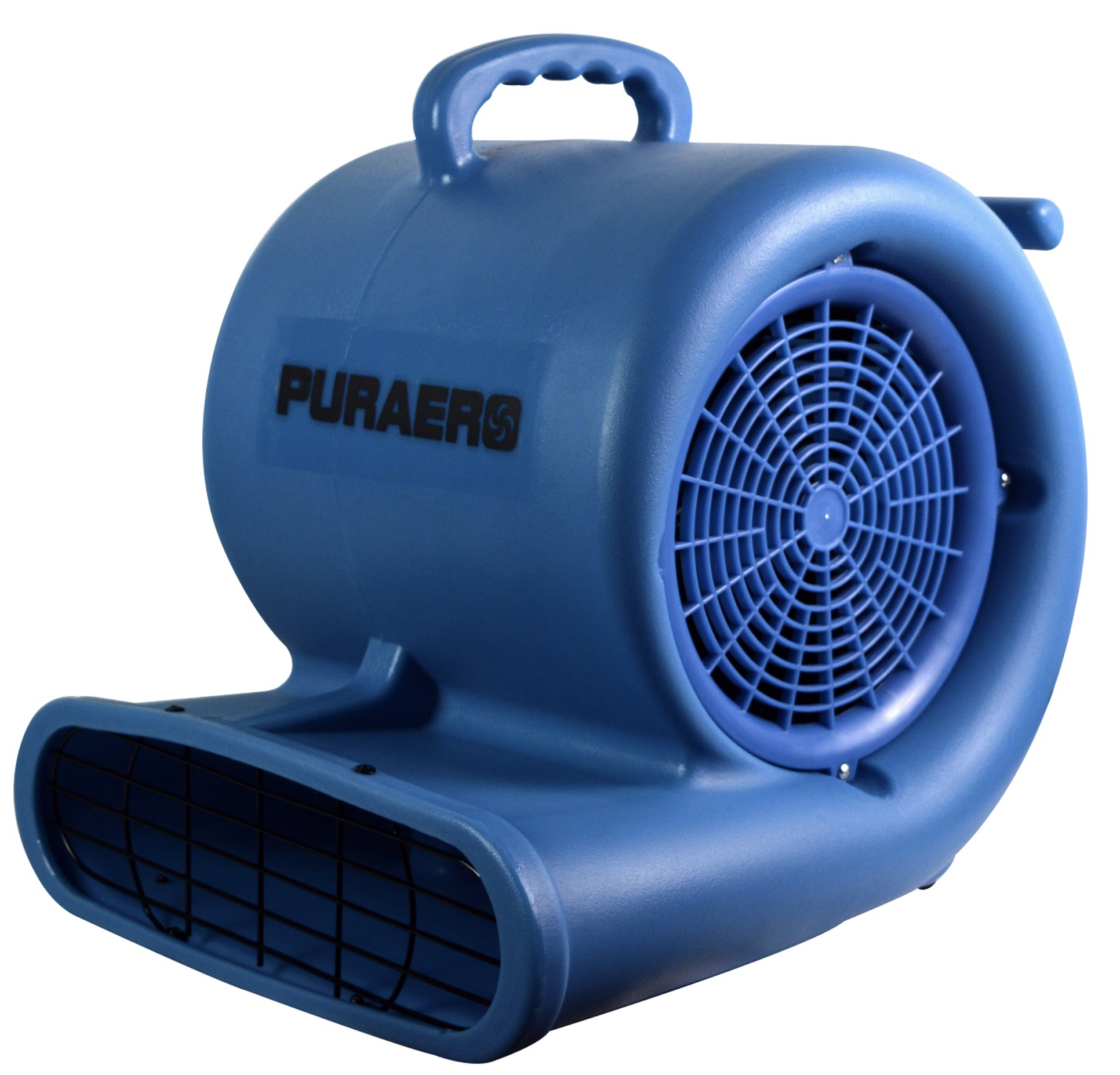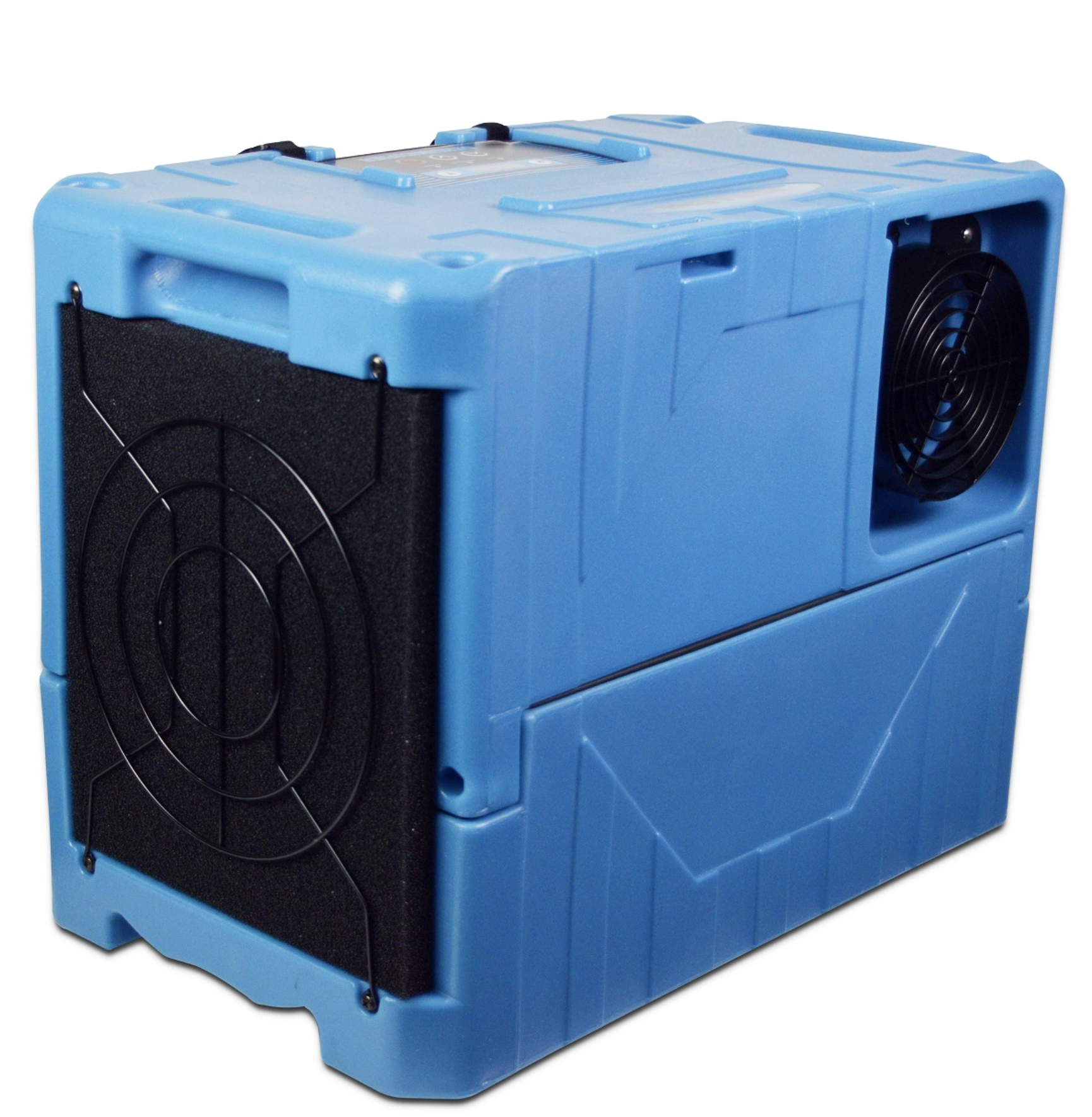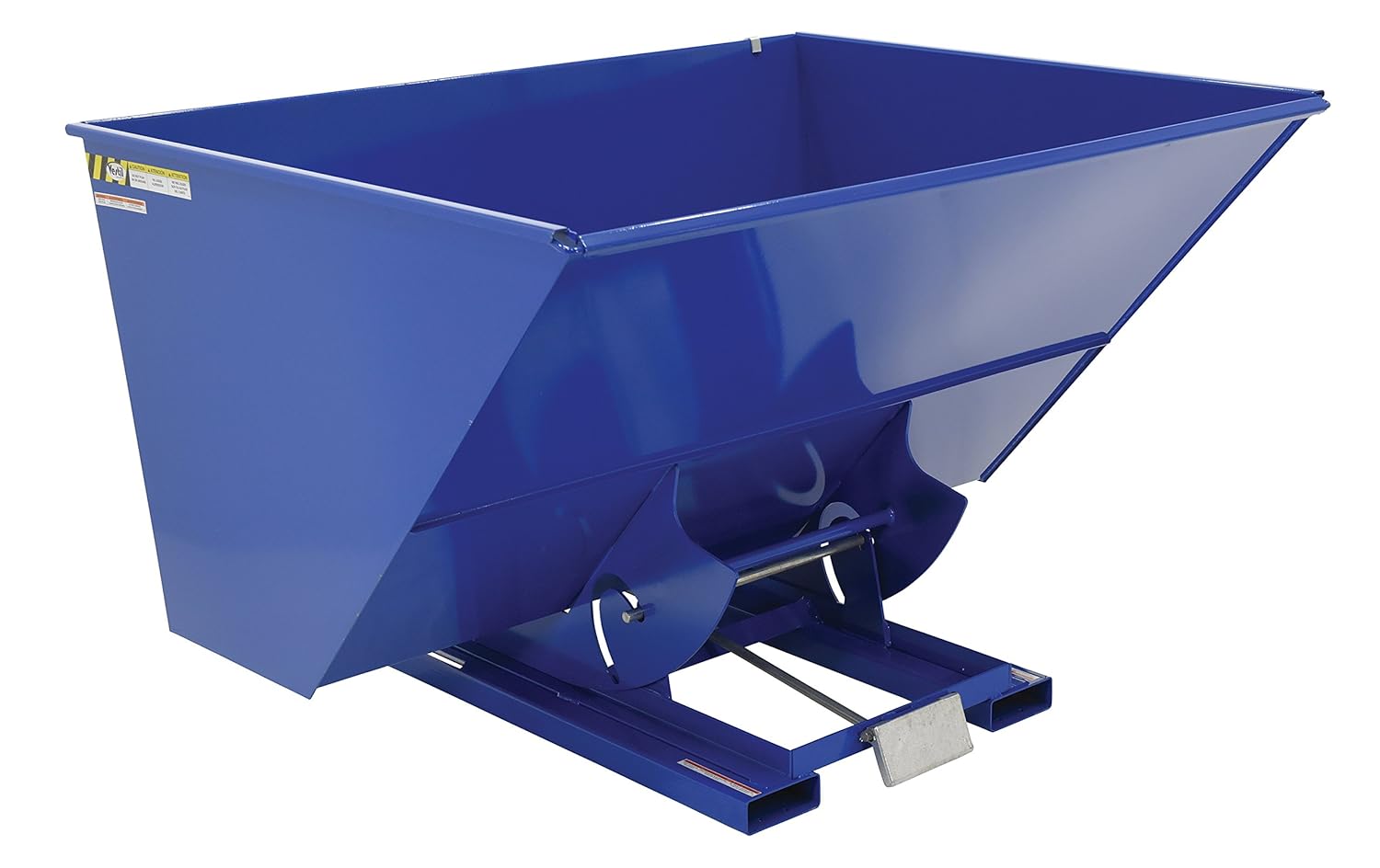
Essential Equipment For Water Damage Restoration Professionals
By: 911 Water Damage Experts
Becoming a water restoration professional requires more than just expertise; it demands the right tools for the job.
To excel in this field, a combination of top-notch equipment, exceptional customer service, and efficient project execution is essential.
In this article, we’ll delve into the must-have pieces of water damage restoration equipment that every seasoned and aspiring pro should have in their arsenal.
Let’s get right into it.
LGR Dehumidifier
When tackling water damage, standard dehumidifiers won’t cut it. For professional restoration, invest in a commercial LGR (low-grain refrigerant) dehumidifier. These powerhouses offer enhanced dehumidification over a broader temperature range, making them indispensable for effective water damage restoration.
Air Mover
Also known as air blowers, air movers complement dehumidifiers by expediting the drying process of various materials like drywall, flooring, and carpet. Understanding the types of air movers, such as axial and centrifugal, and their applications is crucial for optimal results.
Air Scrubber
In cases involving dust, mold, or category 3 (black water) damage, air purifiers, or air scrubbers, are essential. They help eliminate harmful elements and bacteria left behind by water, ensuring a safe and clean environment.
Moisture Detector
Moisture detectors are indispensable for pinpointing water damage in drywall, flooring, trim, and surfaces. Pinless moisture meters and pin-type detectors offer different capabilities, and a combination of both can streamline your restoration efforts.
Self-Propelled Dump Containers
Efficient debris management is a hallmark of successful restoration. Self-propelled dump containers are invaluable for removing water-damaged materials from job sites, simplifying debris removal and equipment transportation.
Equipter RB4000
The Equipter RB4000, with its impressive 12 ft lift and 4,000 lb capacity, is a game-changer for debris removal and equipment transportation. This innovative equipment alleviates the burden of lifting heavy machinery to elevated areas, increasing efficiency.
Equipter RB2500 and RB2000
For versatility and adaptability in tighter spaces, the Equipter RB2500 and RB2000 offer smaller yet equally efficient alternatives. These models provide hydraulic lifts, making them ideal for navigating smaller areas without compromising capacity.
For water damage restoration professionals, having the right equipment is paramount to success.
Investing in powerful tools like LGR dehumidifiers, air movers, moisture detectors, and self-propelled dump containers can significantly enhance your efficiency and effectiveness.
Equip yourself with the tools of the trade, and watch your water damage restoration business thrive as you deliver exceptional results to your clients.
Top 15 FAQs for Water Damage Restoration Equipment
1. What is water damage restoration equipment?
Water damage restoration equipment refers to specialized tools and machinery used by professionals to mitigate and repair damage caused by water intrusion. These tools help in the extraction, drying, and restoration of structures and belongings affected by water.
2. What are the essential pieces of equipment for water damage restoration?
The essential equipment includes LGR dehumidifiers, air movers, air purifiers (air scrubbers), moisture detectors, self-propelled dump containers, and specialized vehicles like Equipter RB series.
3. Why do I need an LGR dehumidifier instead of a standard one?
LGR (low-grain refrigerant) dehumidifiers are more powerful and effective in broader temperature ranges compared to standard dehumidifiers. They are crucial for efficient moisture removal during water damage restoration.
4. How do air movers work, and why are they important?
Air movers, or air blowers, work by directing a high-velocity airflow over wet surfaces, facilitating faster evaporation. They are essential for drying out materials like drywall, flooring, and carpets.
5. What role do air purifiers (air scrubbers) play in water damage restoration?
Air purifiers, or air scrubbers, help remove airborne contaminants, dust, mold spores, and harmful elements left by water damage. They are particularly vital in cases of extensive water damage or category 3 (black water) incidents.
6. What types of moisture detectors are available for water damage restoration?
There are pinless moisture meters and pin-type moisture detectors. Pinless meters determine the location and severity of moisture on surfaces, while pin-type detectors penetrate materials to detect moisture beneath the surface.
7. How can self-propelled dump containers improve efficiency during restoration projects?
Self-propelled dump containers simplify debris removal and equipment transportation on job sites. They are especially valuable for lifting heavy machinery to elevated areas, reducing physical strain and saving time.
8. What are the advantages of Equipter RB series vehicles in water damage restoration?
Equipter RB vehicles offer hydraulic lifts and substantial weight capacities, making them ideal for debris removal and equipment transportation. They are particularly useful in situations with limited access or tight spaces.
9. Are there any safety considerations when using water damage restoration equipment?
Safety is paramount when operating this equipment. Ensure that you follow manufacturer guidelines, wear appropriate protective gear, and take necessary precautions to prevent accidents.
10. Where can I purchase or rent water-damage restoration equipment?
You can find water damage restoration equipment from specialized suppliers, home improvement stores, and rental companies. Ensure you choose reputable suppliers and seek expert advice to select the right equipment for your specific needs.
11. Can I use standard home dehumidifiers and fans for water damage restoration?
While standard home dehumidifiers and fans may help to some extent, they are not as effective as professional-grade water damage restoration equipment. To ensure thorough and efficient restoration, it’s recommended to use specialized tools designed for the task.
12. How do I determine the quantity of equipment needed for a restoration project?
The quantity of equipment required depends on the extent of the damage. A professional assessment of the affected area’s size and severity of water damage will help determine the appropriate number of dehumidifiers, air movers, and other equipment needed.
13. Are there any certifications or training required to use water damage restoration equipment?
Certifications and training are essential for safe and effective use of this equipment. Many industry organizations offer certification programs and training courses to ensure professionals are well-versed in best practices for water damage restoration.
14. Can I rent water damage restoration equipment, or is it better to purchase it?
Renting equipment is a cost-effective option for one-time or occasional use. However, if you plan to offer water damage restoration services regularly, investing in your equipment may be more economical in the long run. Consider your business needs and budget when deciding.
15. What maintenance is required for water damage restoration equipment?
Regular maintenance is crucial to keep your equipment in optimal working condition. This includes cleaning filters, checking for any wear and tear, and following the manufacturer’s maintenance guidelines. Proper storage when not in use also extends equipment lifespan.
If you have any questions about our article, “Essential Equipment For Water Damage Restoration Professionals” or need water damage restoration services feel free to call us at 1-833-WE-DRY-IT any time 24/7/365 or chat with us on LiveChat or social media.
Related Posts
Water Damage Restoration Articles
How to prevent home storm damage
What you can expect from a fire damage restoration company
Water damage prevention tips from the most common problems we’ve seen
Top causes of water damage in commercial buildings and how to find them
Must-know water damage tips: What to do after your house floods
What does good water damage restoration look like?
DIY water damage restoration and the hidden dangers
How to choose the right water damage company
Flast floods: What to do before, during and after a flash flood
What to do when your attic leaks?
Mould Removal Restoration Articles
5 Signs You Have Mould Growing In Your Walls
“Can I Remove Mould Myself?” Our Mould Removal Experts Have Answers
7 Must-Know Reasons Why You Should Get A Mould Inspection Before Buying A House
Does Mould Attract Bugs? Yes And Here’s What Kind And Why
How To Remove Mould From The Attic [Mould Prevention Tips Inside]
How Rain Causes Mould Growth-Prevention Tips Included
Must-Know Tips: How To Remove Mould In Your Basement
Fire Damage Restoration Articles
Fire prevention tips for the summer
How to clean up after a house fire
Fire damage restoration checklist
Fire damage tips: 6 hazards property owners miss
How smoke from fires can negatively affect your health
What are the most common causes of house fires?
10 helpful smoke damage cleaning tips
Related Water Damage Services
Fire damage restoration services
Water damage restoration services
Emergency cleanup services
Mould removal services
Weather damage services







